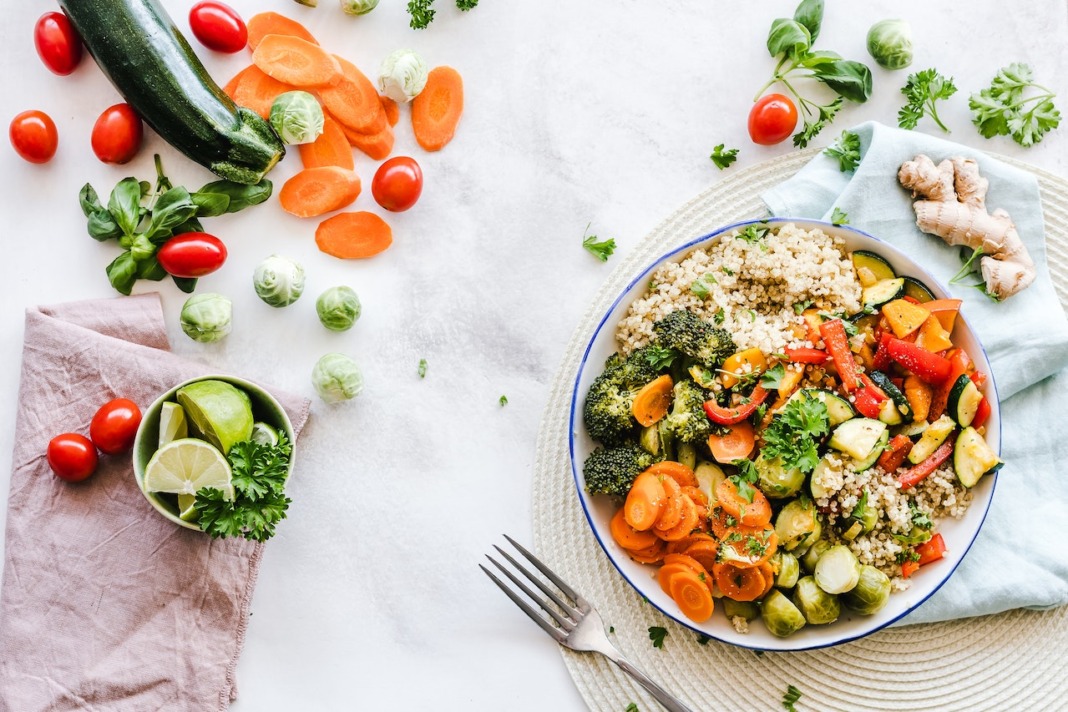You’ve probably heard the expression “you are what you eat,” and this couldn’t be more true when it comes to vaginal health. The foods we eat can have a significant influence on our bodies’ natural functions, including those that maintain our genital organs healthy.
From maintaining a good pH balance to warding off infections, there are specific nutrients and dietary categories that can play a significant role in promoting optimal vaginal health. While some of these may come as no surprise (such as probiotics), others might not be as well-known. So, let’s dive into the world of foods for vaginal health and see how making small changes to your diet can make a big difference in the sections below.
Foods For Vaginal Health
1. Foods Rich In Probiotics
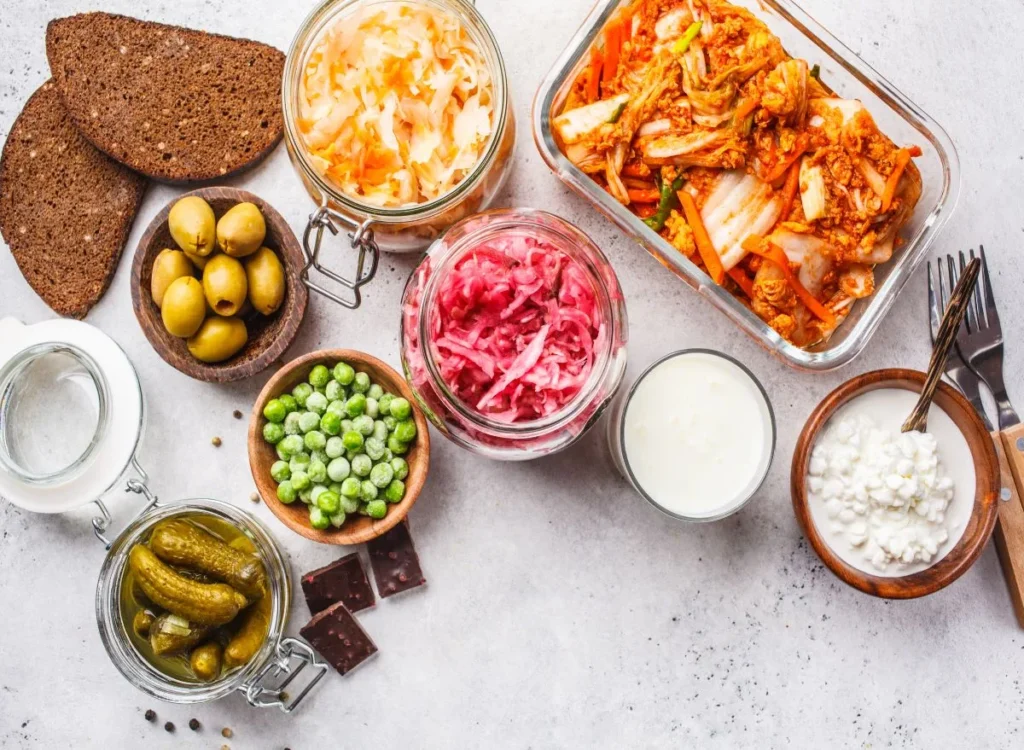
Do you want to improve your vaginal health naturally? Look no farther than probiotic-rich foods. These little powerhouses function as miniature warriors, battling out bad bacteria while keeping the good stuff flowing. Including more probiotic-rich items in your diet is a simple and tasty method to boost your body’s natural defenses.
Probiotics are live microorganisms that benefit our digestive system by assisting in digestion and nutrient absorption. But did you know that probiotics may also help regulate our vaginal pH? This is essential for avoiding yeast infections and general vaginal health. Biotic food that can be found are:
- Yogurt
- Garri
- Fura da nono
- Ogi (pap)
- Kefir
- Kunu
- Green peas
- Locus beans
- Sauerkraut kimchi
- Miso soup
- Kombucha tea
While adding another item to your grocery list may seem onerous, incorporating these foods into your daily routine may be as simple as replacing your normal snack with some Greek yogurt or having a bowl of Miso soup for lunch. Your body (and vagina) will be grateful.
Are you looking for more ways to promote healthy vaginal flora? Stay tuned for our next section on vitamin C-rich foods. Another important player in promoting healthy vaginal health. Remember: taking care of yourself starts from within, so make sure to nourish your body with these foods for vaginal health.
2. Foods High In Vitamin C
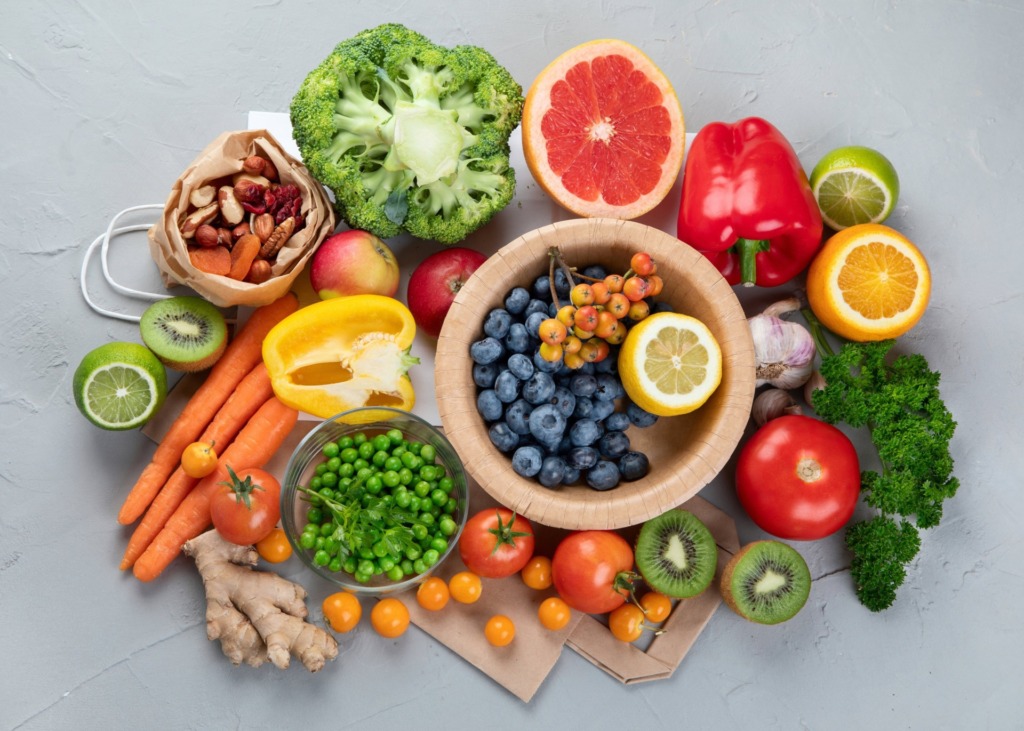
Looking for a natural way to promote vaginal health? Look no further than foods high in vitamin C. These delicious options can help keep your lady bits healthy and happy. Foods that are high in vitamin c are in different categories:
a. Citrus: Citrus fruits like oranges and grapefruit. Not only are they packed with vitamin C, but their juicy goodness can also boost hydration levels. Citrus fruits are:
- Orange
- Pink grapefruit
- Lemon
- White grapefruit
- Lime
- Tangerine
- Ugli fruit
- Pummelo
- Yuzu
b. Berries: These sweet treats not only contain plenty of vitamin C, but also antioxidants that can protect against damage from free radicals. Berries are:
- Strawberries
- Raspberries
- Blueberries
- Goji berries
- Bilberries
- Cranberries
c. Leafy Green: Another great option is leafy greens, like spinach and kale. They may not be the most exciting foods on this list, but these vegetables pack a powerful punch of vitamins and minerals essential for good health.
- Spinach
- Kale
- Broccoli
- Lettus
- Cabbage
- Beet greens
- Celery
d. Lastly, don’t forget about bell peppers – whether eaten raw or roasted, they’re an excellent source of vitamin C.
So, why is vitamin C important? It promotes collagen production in the body, which is important for maintaining healthy tissues throughout the body, including those in and around the vagina.
Whole grains and fiber-rich meals are up next. But, before we get there, let’s review what we’ve learned so far about how vitamin C can help your vaginal health.
3. Whole Grains And Fiber-Rich Foods
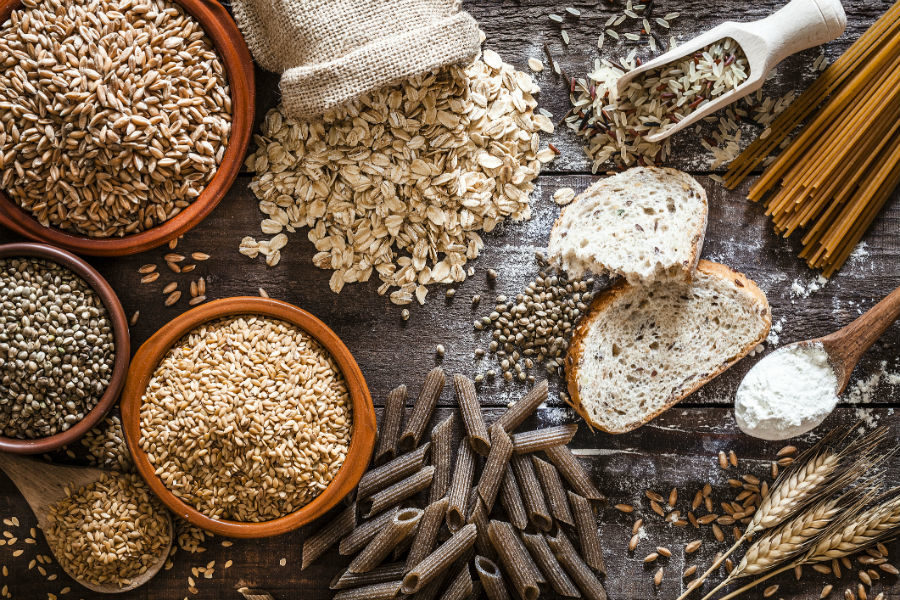
To maintain good vaginal health, it is important to focus on a balanced diet. Whole grains and fiber-rich foods are excellent choices that can help keep the vagina healthy. These types of food promote gut health by keeping digestion regular, which in turn maintains overall body health. In addition, they contain prebiotics that support the growth of beneficial bacteria in the vagina.
Eating more whole-grain bread, cereals, and pasta can also provide vitamin E and B vitamins essential for women’s reproductive system function. Fiber helps flush out toxins from your body, which contributes to reducing inflammation that might harm the vaginal tissues.
Switching to a healthier diet may not be easy at first, but incorporating these changes into your daily routine will have long-term benefits for your vaginal health. By choosing wholesome options like brown rice or quinoa as well as fruits such as apples and berries you are providing nourishment for optimal bodily functioning. Some whole grain and fiber rich food are:
- Oat meal
- Bran
- Cornmeal
- Couscous
- Millet
- Wild rice
- Whole Wheat Bread
- Brown rice
- Buck wheat
- Whole Wheat Pasta
By now, we’ve learned about whole grains’ potential impact on our vaginal wellbeing. However, there’s another crucial aspect of nutrition that shouldn’t go overlooked: omega-3 fatty acids.
4. Omega-3 Fatty Acids
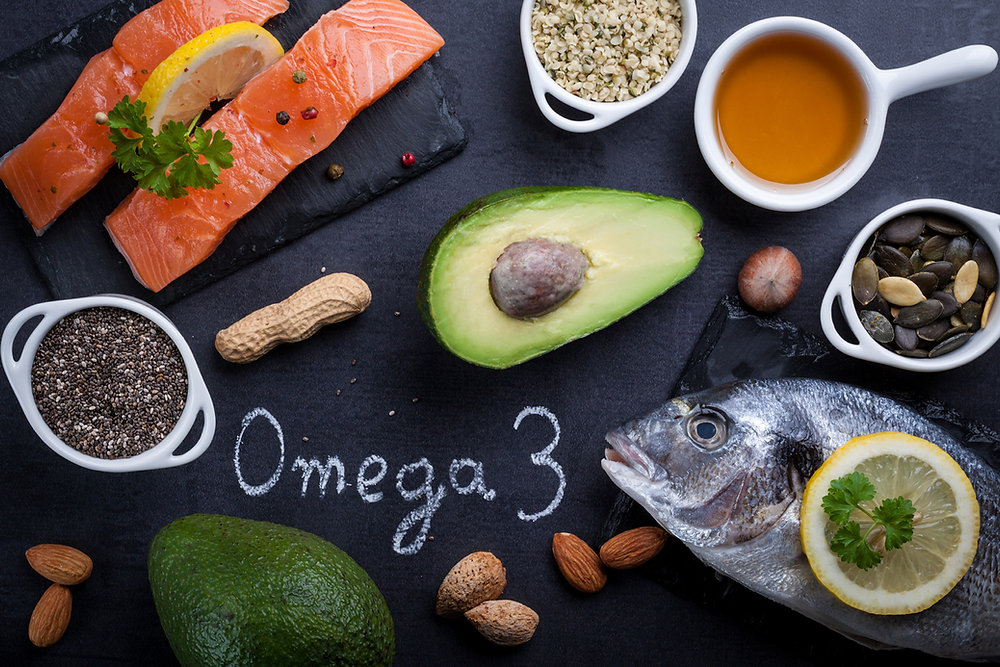
When it comes to maintaining vaginal health, there are a variety of foods that can help. In addition to whole grains and fiber-rich options, omega-3 fatty acids also play an important role in keeping the vagina healthy.
To put it simply, omega-3s are essential fats that our bodies need but cannot produce on their own. These healthy fats have anti-inflammatory properties and can support heart and brain health as well as improve skin quality. Incorporating them into your diet has many benefits beyond just helping with vaginal health.
Here are three reasons adding more omega-3s to your meals is worth considering:
– They may reduce menstrual pain: Studies have shown that taking omega-3 supplements or consuming more through food sources can significantly decrease period cramps for some women.
– They could boost libido: Omega-3s help increase blood flow throughout the body, including to the genital area. This increased circulation can lead to heightened sexual arousal.
– They might alleviate dryness: Adequate lubrication is key for comfortable sex. Consuming more omega-3s can help keep tissues moisturized and aid in preventing vaginal dryness.
Incorporate more foods rich in omega 3 fatty acid like:
- Salmon
- Chia seeds
- Walnuts
- Flaxseed oil
- Soybean
- Canola oil
- Mackerel
By paying attention to what we eat and choosing foods that benefit our bodies from head-to-toe (or should we say toe-to-head?), we can prioritize our overall wellness while supporting specific areas like vaginal health – so don’t be afraid to add some omegas into your meal plan.
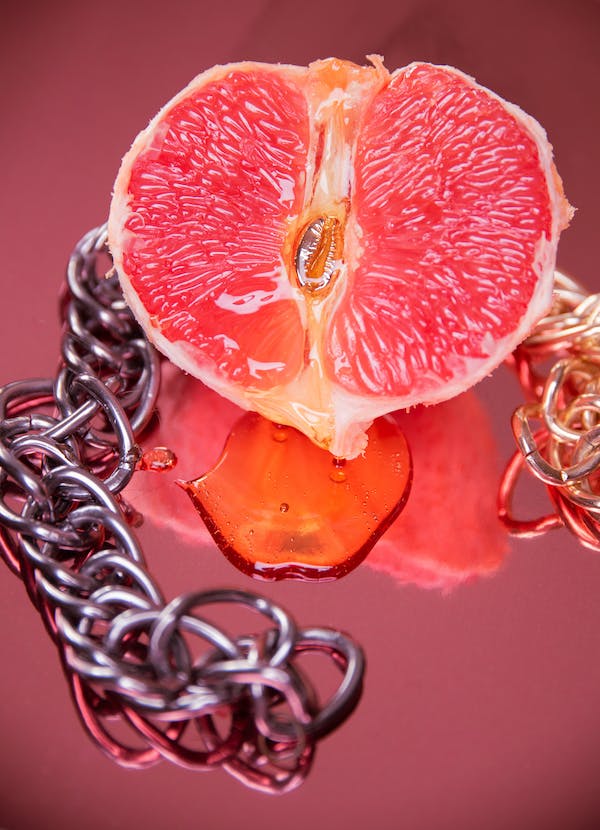
Conclusion
To summarize, caring for your vaginal health entails more than simply proper cleanliness habits. It also necessitates paying attention to the meals you consume. Incorporating probiotics into your diet, such as yogurt and kefir, can help maintain healthy levels of bacteria in your vagina. Citrus fruits and bell peppers, which are strong in vitamin C, help enhance your immune system and decrease inflammation.
Furthermore, healthy grains and fiber-rich meals such as brown rice and quinoa improve regular bowel movements, which aids in the prevention of constipation, which can lead to vaginal infections. Finally, omega-3 fatty acids, which may be found in fish such as salmon or chia seeds, are great for lowering inflammation throughout the body, including the vagina.
By incorporating these foods into your daily diet, you will not only improve your overall health but give yourself a better chance of avoiding any potential issues with vaginal health down the road.


